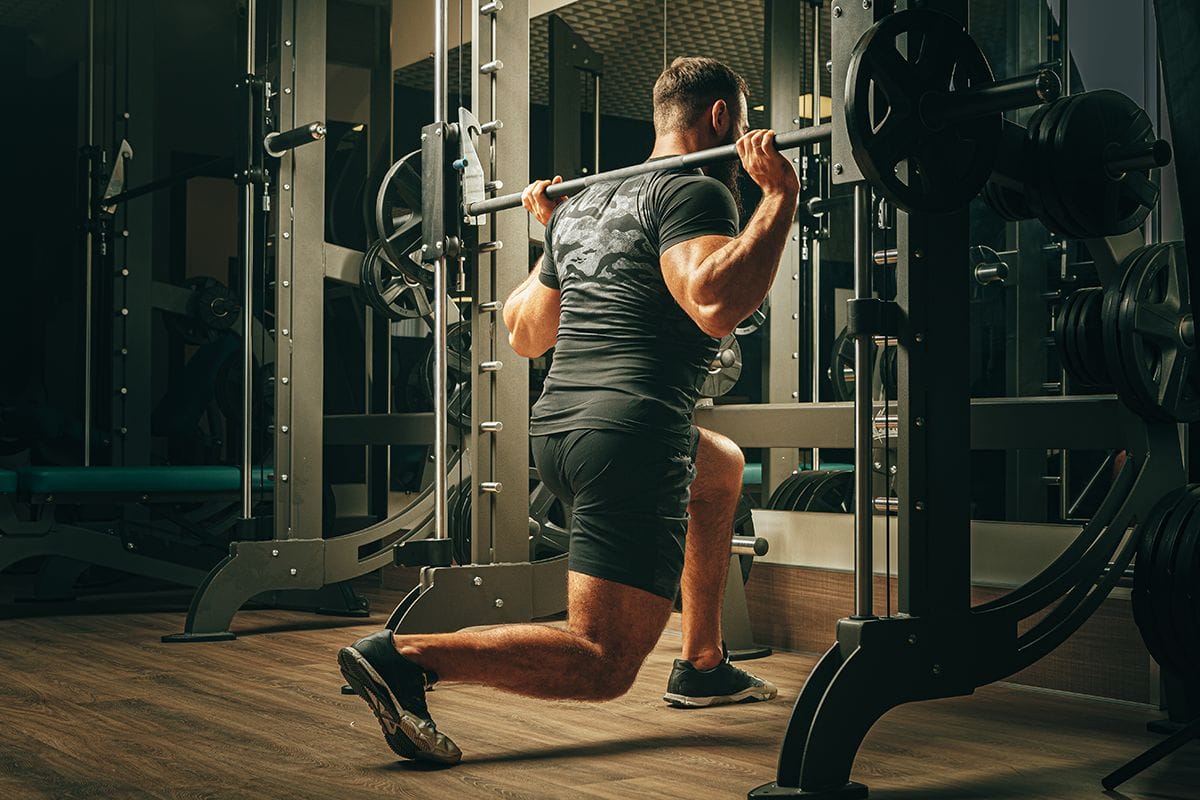As young athletes begin to develop their strength and power, it is important to understand how these qualities can be improved most efficiently—and safely.
Strength and power are important for all athletes, but especially for those who participate in sports that require quick and forceful movements. In youth athletic development, strength training and developing power are valuable no matter what sports the athlete participates in. (This is particularly relevant for athletes who have not necessarily specialized in a sport yet.)
Weights & Plyometrics
Weight Training
There are a number of ways to develop strength and power. Weight training is one of the most classic methods. This type of training helps to develop the muscles that are used in explosive movements.
Weightlifting—as long as it’s performed correctly under the supervision of a qualified trainer/coach—can help prevent future injuries by strengthening the muscles and connective tissues around joints.
However, weight training isn’t the only way to develop strength and power.
Plyometrics
Plyometric exercises are another excellent method for developing these qualities. Plyometrics are exercises that involve a rapid stretching of the muscles followed by an explosive contraction. These types of exercises help to train the muscles to produce more force in a shorter period of time.
It’s important in both weight training and plyometrics to focus on quality over quantity. More repetitions with lighter weights will not necessarily lead to better results. Instead, it is important to aim to perform each repetition with perfect form.
Safety
For young athletes, who have less experience training than older athletes, it is especially important to work with a qualified coach/certified trainer who can help ensure that they are training safely—using proper form and technique.
Youth Speed Training
In addition to weight training and plyometrics, another important factor in developing strength and power is speed training. Speed work includes exercises that help to improve a young athlete’s ability to move quickly. This could include sprinting, bounding drills, or even plyometric exercises performed at a fast pace.
Speed work is important because it helps to train the muscles to produce force more quickly. When muscles are able to produce force more quickly, they are able to generate more power. This is why speed work is often incorporated into plyometric exercises – the goal is to help the muscles learn to produce force more quickly so that they can generate more power when needed.
It’s important to note that, while weight training, plyometrics, and speed work are all important methods for developing strength and power, they are not the only methods. There are a number of other ways to develop these qualities as well. However, these three methods are some of the most effective ways to help young athletes develop their strength and power.
Youth Athletic Training in Victoria, BC
If you’re the parent of an athlete, you can help your child develop strength and power by incorporating these methods into their youth training program as well. Talk to their coach about the best ways to incorporate these methods into their program, and be sure to encourage them to focus on quality over quantity in their training. With your support, they can make significant improvements in their strength and power—and reach their full potential as an athlete.
If you are a young athlete who is looking to develop your strength and power, be sure to incorporate these methods into your training program. And if you’re not sure where to start, be sure to work with a qualified coach or certified trainer who can help you develop a program that is tailored to your specific needs. With the right approach, you can make significant improvements in your strength and power—and take your athletic performance to the next level.




